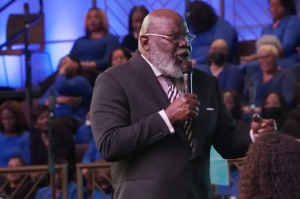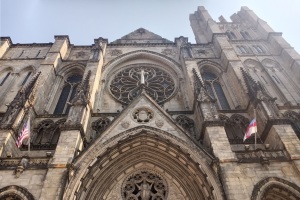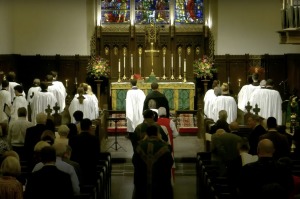Christian Students Replace Spring Break Sun, Sand with Mud, Mildew
Thousands of students from campuses across the nation have gone to spend their respective spring breaks helping Gulf Coast communities recover and rebuild.
College students are replacing the sun, sand and surf of a typical spring break with the mud, muck, mold and mildew of Katrina relief, according to a campus ministry spokesman.
Campus Crusade for Christ has drawn thousands of students from campuses across the nation to spend their respective spring breaks helping Gulf Coast communities recover and rebuild. The campus ministry had originally planned on 8,000 participants but drew another 2,000 student registrants to the Katrina-devastated lands.
Students flew and traveled by bus for up to 36 hours from such cities as Berkeley, Calif., and Buffalo, N.Y., for the "rolling" spring break - a six-week period that began the last week of February. Participants have been cleaning up and rebuilding homes in New Orleans and Pass Christian, Miss. - ground zero for America's worst natural disaster.
Sleeping in tents during their weeklong spring breaks, students were paid a visit at one of the camps by evangelist Franklin Graham who is in New Orleans for the Celebration of Hope festival being held this weekend.
Graham has also headed millions of dollars of relief projects, assisting more than 7,000 homes and families with the international relief organization Samaritan's Purse, which he heads.
In addition to the 10,000 students aiding Gulf Coast families this spring break, CCC had already sent more than 4,000 students and staff from 132 colleges into the disaster zone in the first four months after Katrina hit. Students invested more than 10,000 work days distributing 50,000 meals and cleaning out more than 700 homes flooded by the hurricane.
"The city of New Orleans has asked us to help clean up neighborhoods as well as clean out schools and churches," said Rick Amos, coordinator of Katrina Relief Efforts for Campus Crusade, in a released statement. "While helping meet the physical needs of people whose homes have been destroyed, students are also meeting the spiritual and emotional needs of residents as they demonstrate their love and share a message of hope and comfort."
The large response of students in taking compassionate action is a trend that began last year with the tsunami, according to Tony Arnolds, director of media relations for campus ministry of CCC.
"We began to see this even a year ago with the response of students with the tsunami," he said.
"One of the call words that students [today] are looking for is authenticity. They want their actions to match their words. In this situation where we're talking six months now for the greatest natural disaster in history of the U.S., they want to not just talk about the love of Jesus but share the love of Jesus to victims of Katrina."
A new study by the American Medical Association warned about heavy drinking and sexual activity during spring break and highlighted the need for alternative activities.
Katrina aid has given thousands of students a spring break activity and a new mission field.
Students see Katrina relief as a mission, said Arnold.




























